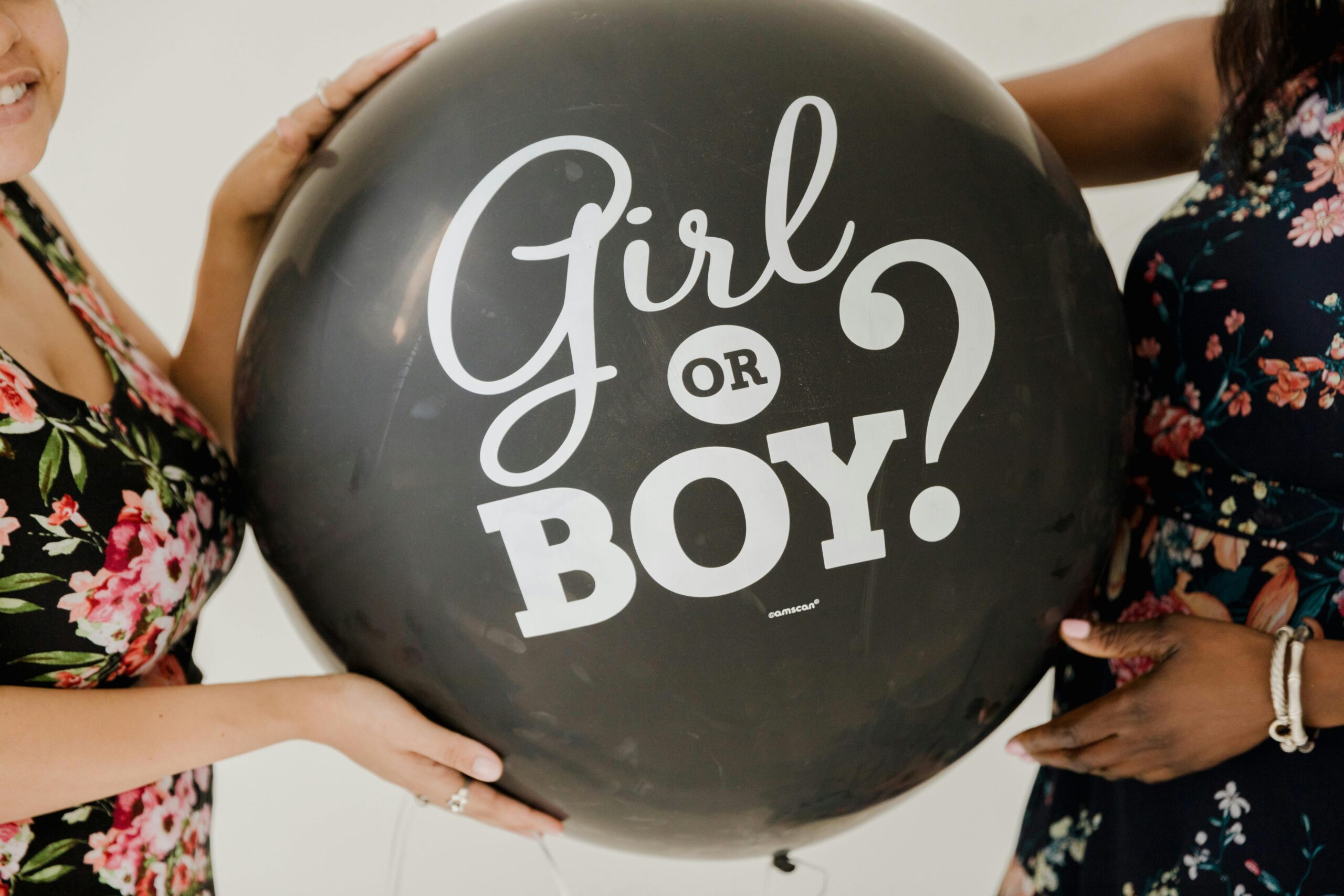Discovering a baby’s sex before birth is one of the most exciting parts of pregnancy. Many parents are eager to learn how to know baby gender, combining curiosity with planning for the future. With modern technology and traditional methods, families have access to various tools for baby gender prediction, including both medical and home-based options. Platforms like Babbysex2021 provide comprehensive guidance to ensure predictions are accurate and responsible.
Medical Approaches to Baby Gender Prediction
Baby Gender Ultrasound
A baby gender ultrasound is the most widely recognized method for determining a baby’s sex. Conducted between 18 and 22 weeks of gestation, it uses sound waves to generate images of the fetus. These images allow healthcare providers to observe the baby’s anatomy and reliably determine the sex.
While accuracy is generally high, factors such as fetal positioning, maternal body composition, and the skill of the technician can affect results. Babbysex2021 emphasizes that ultrasound remains the gold standard for medical confirmation of a baby’s gender.
Early Pregnancy Gender Test
For parents seeking results earlier, early pregnancy gender test kits offer a solution. These kits analyze fetal DNA present in the mother’s blood as early as 10 weeks into pregnancy. FDA-approved tests provide high reliability, although follow-up verification with healthcare professionals is recommended to ensure accuracy.
These tests also enable baby gender at home, giving parents the convenience of early knowledge without visiting a clinic. However, home tests should supplement, not replace, professional guidance.
Baby Gender Calculator
A baby gender calculator provides an estimation of a baby’s sex using factors like maternal age, conception date, or lunar calendar methods. While these tools are popular for entertainment, they are not scientifically validated. Many expectant parents enjoy using them alongside medically approved methods for fun predictions.
Understanding Timing and Signs
When to Find Out Baby Gender
Knowing when to find out baby gender is essential for planning celebrations, nursery preparation, and family announcements. Ultrasound scans typically provide reliable results from 18 weeks, while early pregnancy gender test kits offer earlier options around 10–12 weeks. Parents can choose a method based on how soon they want to learn their baby’s sex and the level of accuracy they require.
Baby Gender Signs and Myths
Cultural traditions often rely on baby gender myths and baby gender signs to predict a child’s sex. Beliefs about the shape of the bump, fetal heart rate, and maternal cravings are widely circulated, though scientific evidence supporting these signs is limited. These practices are entertaining and culturally significant but should not be relied upon as accurate methods.
Combining cultural knowledge with modern medical methods ensures parents experience both the joy of tradition and the certainty of science.
Celebratory Practices and Party Ideas
Gender Reveal Ideas
The announcement of a baby’s gender has become a cherished moment. Creative gender reveal ideas include cakes, colored smoke, balloons, or confetti to share the news with friends and family. These celebrations often complement medical confirmation from baby gender prediction methods.
Gender Reveal Party Tips
Organizing a reveal requires careful planning. Expert gender reveal party tips recommend considering safety, inclusivity, and environmental impact. Using reusable decorations, limiting fireworks or confetti, and hosting smaller gatherings are ways to celebrate responsibly while making the event memorable.
Ethical Considerations in Gender Prediction
While discovering a baby’s sex can be thrilling, it is essential to prioritize ethics. Some regions have cultural biases favoring a specific gender. Newborn gender identification should focus on celebrating life rather than influencing societal preference. Healthcare professionals encourage parents to use baby gender prediction responsibly and avoid contributing to gender-based discrimination.
Modern Trends in Baby Gender Prediction
Technological and scientific advances are shaping the field:
AI-assisted baby gender ultrasound enhances accuracy and minimizes human error.
Affordable early pregnancy gender test kits are becoming more accessible worldwide.
Digital platforms now integrate baby gender calculator apps alongside secure medical guidance.
Resources like Babbysex2021 provide parents with reliable advice, bridging traditional knowledge with modern science.
These trends ensure that parents can safely explore gender prediction while remaining informed about best practices.
Importance of Reliable Information
Accurate information is critical when it comes to baby gender news. Parents should rely on trusted sources like Babbysex2021, which provide validated insights and clear guidance. Understanding the limitations of baby gender myths, baby gender signs, and home calculators ensures families make informed decisions while enjoying the excitement of learning their baby’s sex.
Conclusion
Predicting a baby’s gender is both a cultural and scientific journey. Medical methods, including baby gender ultrasound and early pregnancy gender test, offer reliable information, while home-based tools like baby gender at home kits and baby gender calculator apps provide entertainment and engagement. Cultural traditions such as baby gender signs and baby gender myths add a layer of historical fascination.
Parents can celebrate with gender reveal ideas while following gender reveal party tips to create memorable experiences. Ethical practices and responsible use of technology ensure that newborn gender identification remains a joyful, unbiased, and informed process. Platforms like Babbysex2021 bridge science, culture, and celebration, allowing parents to confidently navigate the exciting path of baby gender prediction and share in the joy of their growing family.


























